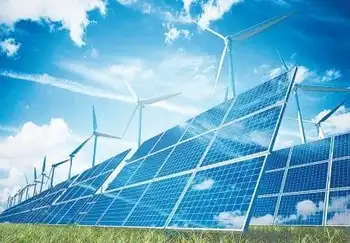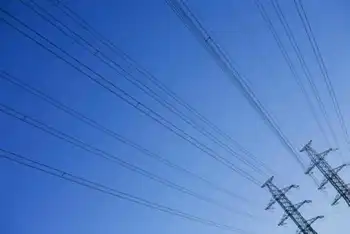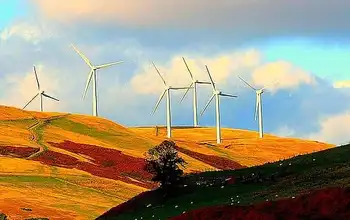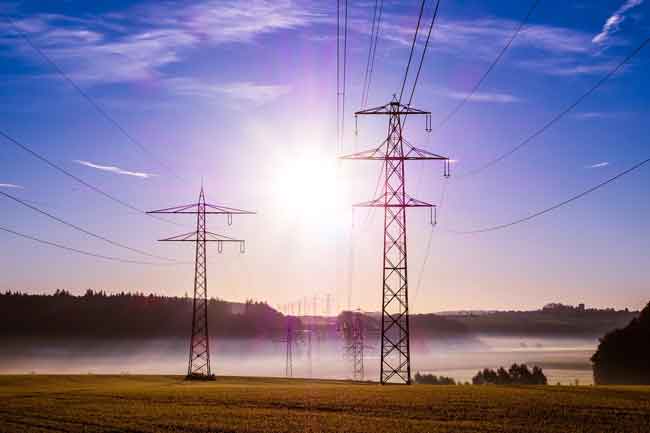TOU billing has Ontarians rethinking habits
By Chaya Cooperberg, Globe and Mail
Electrical Testing & Commissioning of Power Systems
Our customized live online or in‑person group training can be delivered to your staff at your location.

- Live Online
- 12 hours Instructor-led
- Group Training Available
It has been a hot summer and we have, admittedly, been running our air conditioner non-stop. I feel no eco-guilt for this indulgence, given that I am eight months pregnant this August and seem to be operating a good five degrees above the average adult core body temperature. But that's not the only reason our energy costs have jumped. Time-of-use billing has gone into effect in our north Toronto neighbourhood.
If you buy your electricity through a local utility in Ontario instead of through a retailer offering fixed-rate contracts, you may have noticed the shift in the pricing schedule as it started to roll out over the past year.
Homes across the province have been outfitted with "smart meters" — meters that track not only how much electricity you use but also when you use it. Instead of a flat fee per kilowatt hour kWh, electricity prices change throughout the day, like long distance telephone rates. The price of a kWh is higher during periods of high total consumption — called "on-peak" hours — compared with periods of low demand — "off-peak" hours.
By June, 2011, an estimated 3.6 million out of approximately 4.3 million total Ontario electricity consumers will be on the time-of-use rates.
The government's goal with this plan is to encourage residents to better balance their energy consumption throughout the day and evenings. This will reduce strain on the electrical grid and, the government hopes, reduce their spending on expensive new power generators in the future.
We received a notice from our energy provider a few months ago informing us of the new billing system. The notice came with a sample energy bill, illustrating what we would have paid for that period's energy use based on the time-of-use plan. It was substantially higher than our average bill. It showed that we are a perfect example of the on-peak energy glutton the government is trying to subdue.
We consumed most of our electricity during the "on-peak" hours, between 11 a.m. and 5 p.m., at a cost of 9.9 cents per kWh, and during the "mid-peak" hours of 7 a.m. to 11 a.m. and 5 p.m. to 9 p.m., at a cost of 8 cents per kWh. Our energy use almost never spiked during the "off-peak" hours between 9 p.m. and 7 a.m., when rates were lowest at 5.3 cents per kWh, although we did use a lot of electricity during the off-peak weekends. These rates are in place through Oct. 31, at which point a new schedule with winter rates, not yet announced, will go into effect.
Our pattern of energy use is, I'm sure, a familiar one to most households like ours, where the parents work during the day and activities such as cooking and doing laundry take place in the early evenings.
The shock of our high energy bill was an incentive to start changing some of our behaviours. We are now turning on the dishwasher after 9 p.m. and doing more of our laundry on the weekends. But we will need to keep cooking for dinnertime at 6:30 p.m. and there will be times when the convenience and necessities of family life come at the expense of our energy bill. And nothing can compel me to give up my air conditioner this sweltering summer.
I plan to now closely monitor the effect of our energy consumption on our bill and try to adjust so that the utilities line on our household budget stays as close to neutral as possible. My local energy provider has a tool on its website that will let me track my energy cost by the day. I'll find out soon whether the change in our habits will keep our energy expenses in line or whether energy costs for our family are simply on an irrevocable march higher. Certainly, the application of the HST to power bills — which were previously only subjected to the 5-per-cent federal GST — is not helping matters in this regard.
For my family, at least, shifting some of our high-energy consumption to weekends and late evenings is an option. I'm sure there are some households, such as those with members that work weekend or night shifts or with senior citizens who are more active during the day, that will find time-of-use billing more challenging. In those cases, a fixed-rate contract with one of the many suppliers in this province may be the answer. Ontario Hydro lists some of these suppliers and their rates on its website.
You can find tips on how to adjust to the time-of-use billing on the Independent Electricity System Operator IESO's Make the Shift website, where suggestions include using your toaster oven instead of the electric oven to heat up food and using ceiling fans to reduce your reliance on air conditioning.











